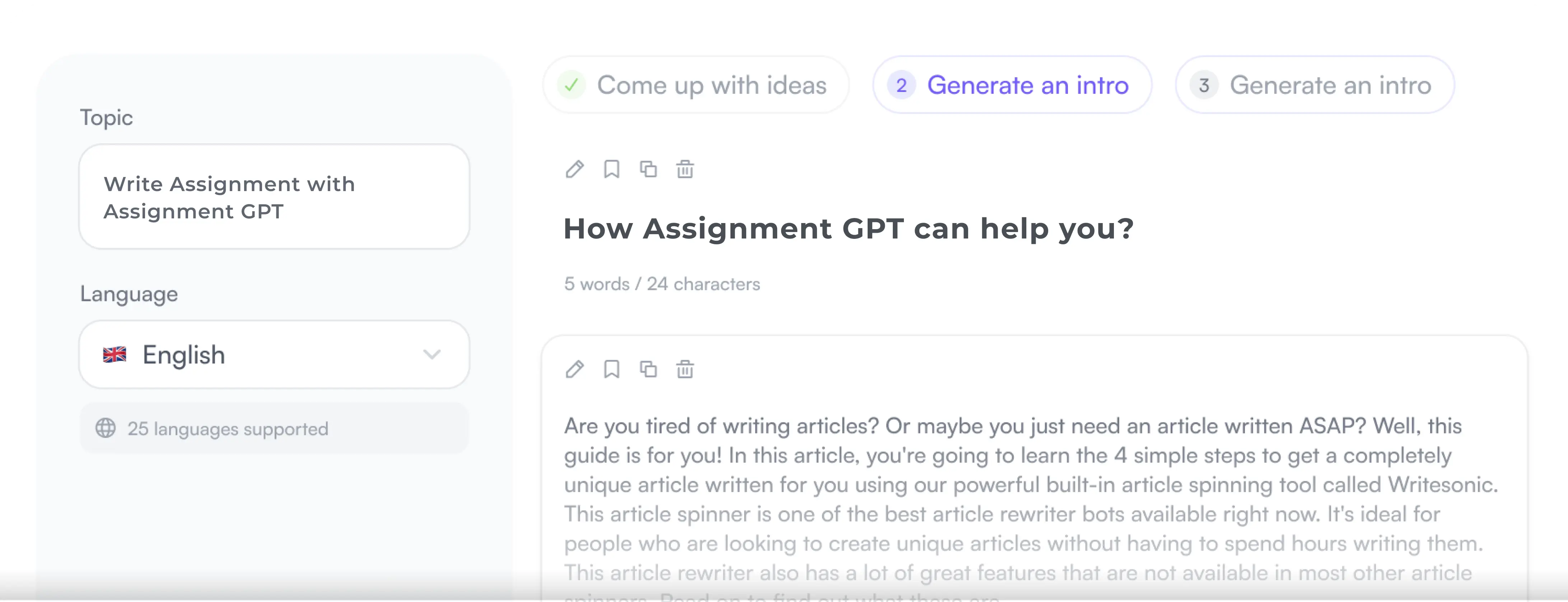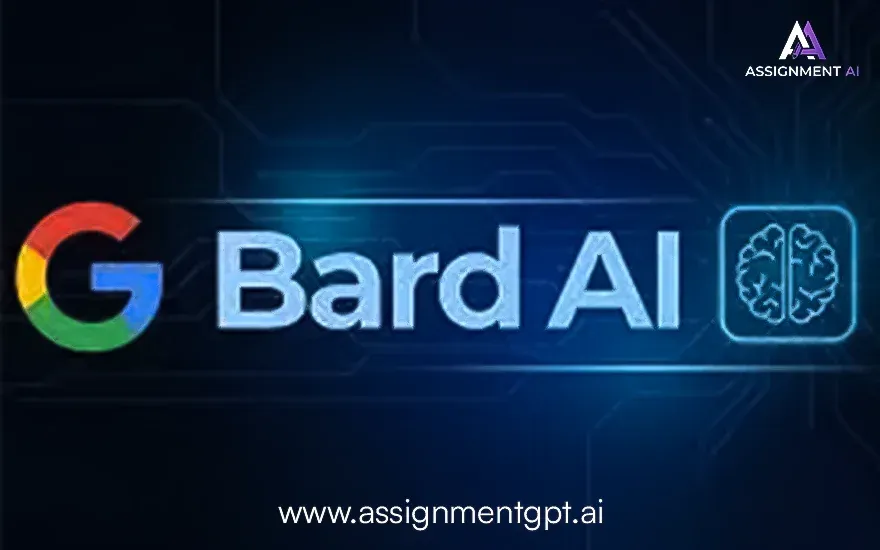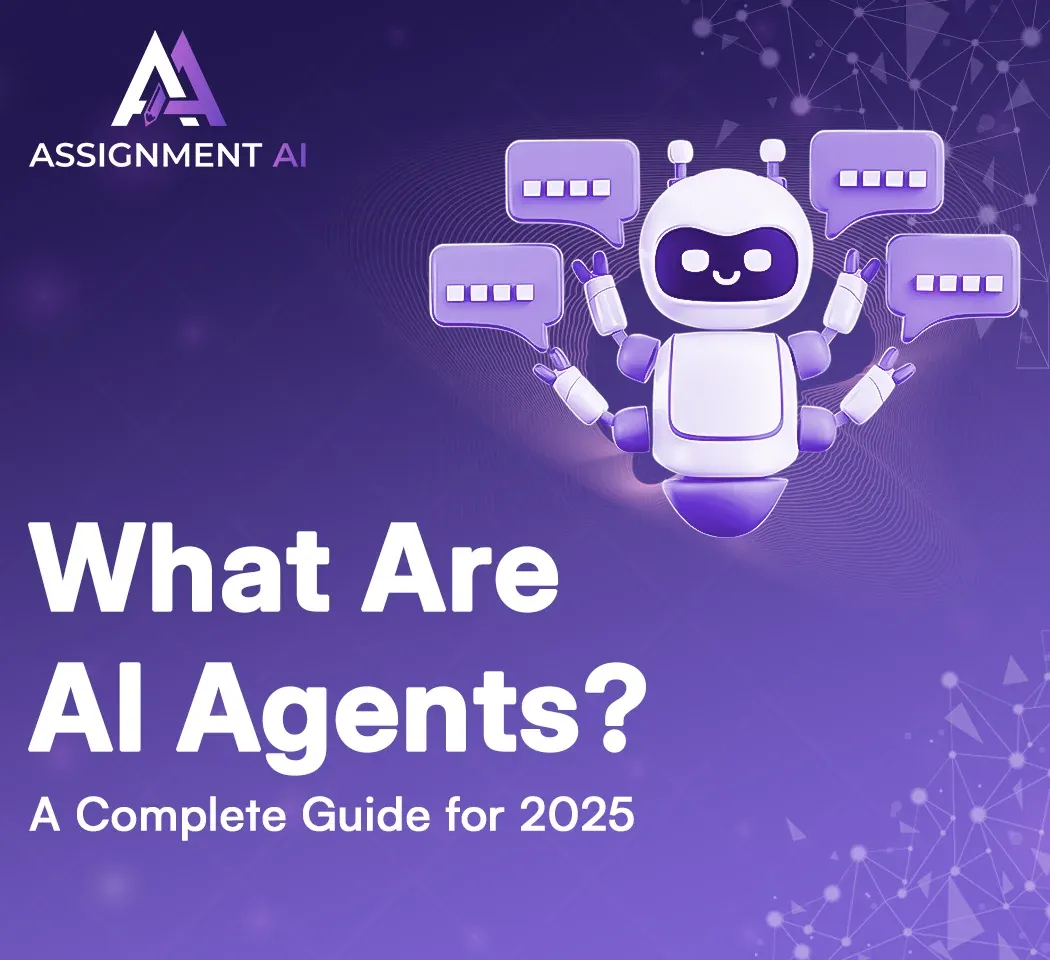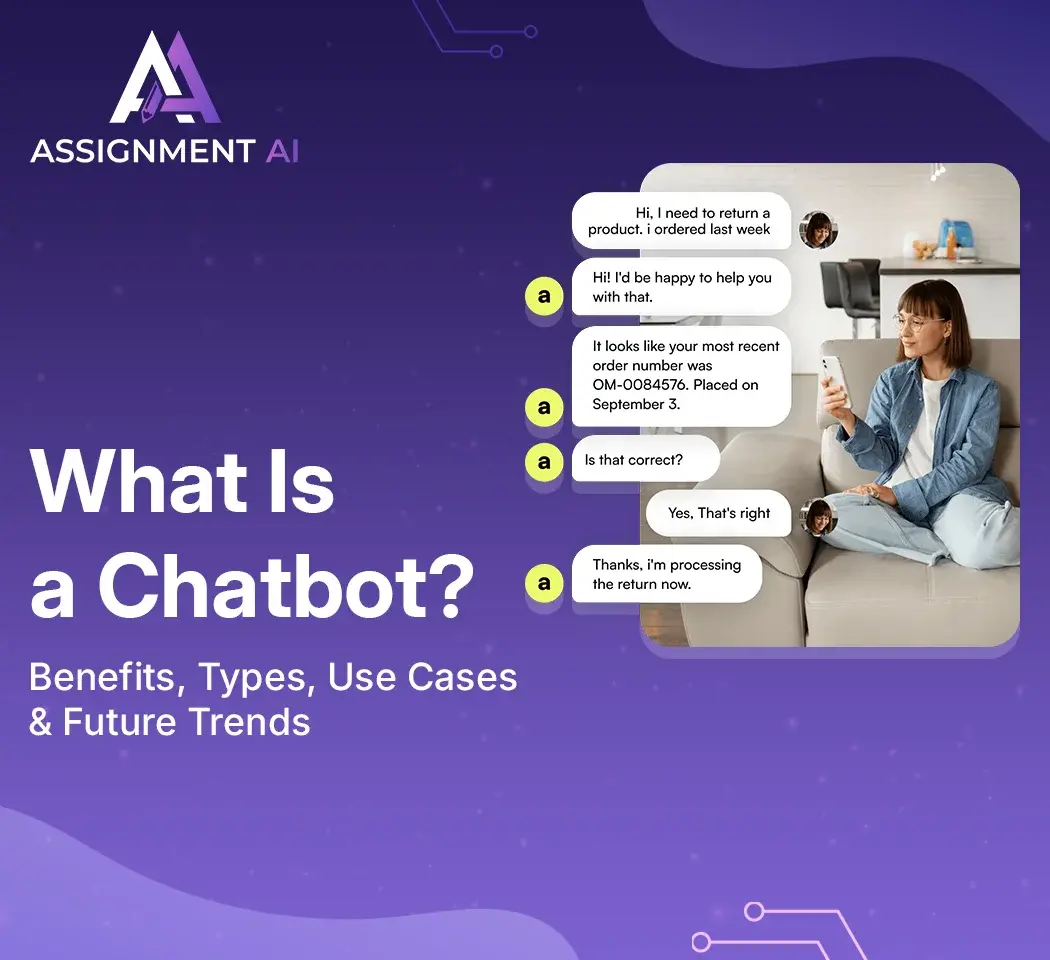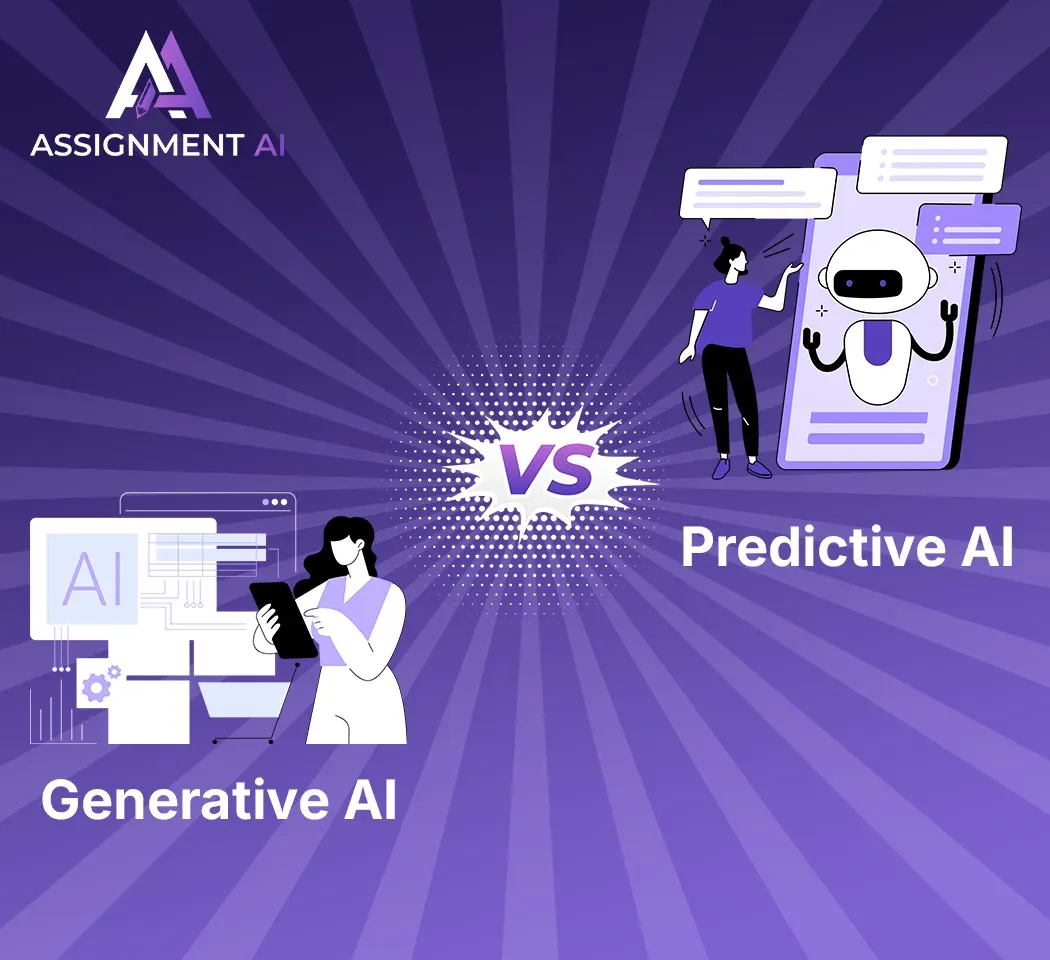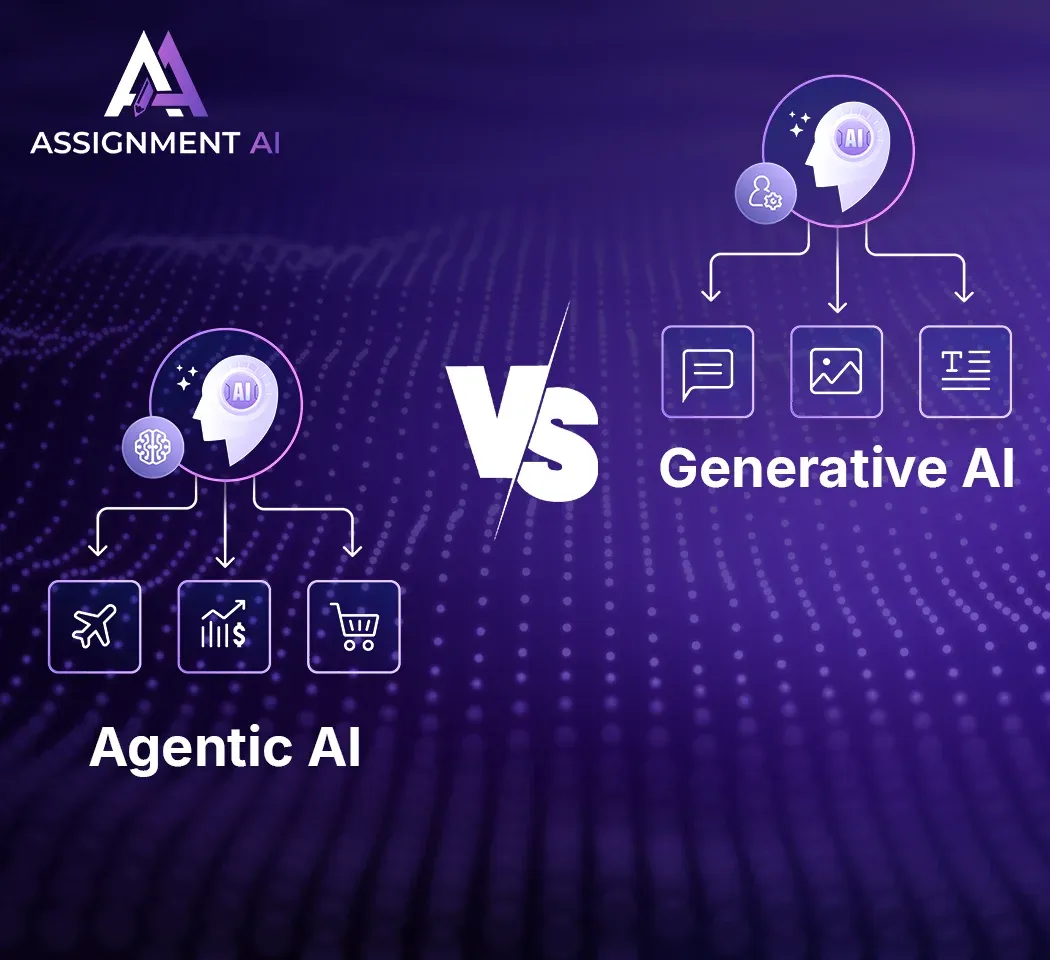AssignmentGPT Blogs
Highlights
- Google has introduced BARD, an AI-powered conversational agent, as a formidable contender in the chatbot market, aiming to rival the likes of OpenAI and Microsoft.
- BARD's primary objective is to transcend traditional boundaries by fostering productivity, igniting creativity, and nurturing curiosity within its users. Moreover, it seeks to combat potential biases and misinformation that may arise during interactions..
- Initially launched in the United States and the United Kingdom, Google envisions expanding BARD's availability to encompass more countries and languages, thereby facilitating a broader user base worldwide.
In a recent blog post, Google unveiled Bard as a groundbreaking AI experiment primed to revolutionize various facets of human endeavor. This remarkable creation aims to catalyze productivity, expedite idea generation, and cultivate an insatiable thirst for knowledge.
Harnessing the power of BARD enables users to leverage its vast capabilities in multiple domains. For instance, one can seek advice, obtain clarifications, or even receive creative input for tasks such as crafting persuasive blog posts.
By introducing BARD into their repertoire of cutting-edge technologies, Google endeavors not only to establish a formidable presence in the AI chatbot landscape but also to fortify its long-standing dominance in the realm of search engines.
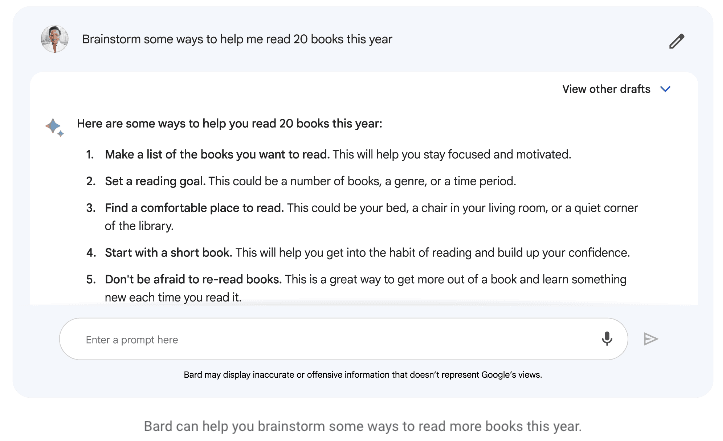
Bard’s Technical Details
Delving into the technical intricacies that underpin BARD's functionality reveals that it operates on a robust research-based large language model (LLM). This model serves as an optimized version of LaMDA—an advanced linguistic framework that empowers BARD's comprehensive understanding and sophisticated response generation capabilities.
As technology evolves and progresses over time, Google plans to continually enhance BARD by integrating more advanced models into its architecture. By harnessing the collective intelligence of countless users who engage with LLMs, BARD stands poised to refine and fine-tune its ability to provide insightful and helpful responses.
Notably, BARD exists as a distinct entity within the digital ecosystem—operating independently from Google Search. It manifests as a standalone webpage, housing a solitary question box that caters to users' inquiries and curiosities. This strategic approach allows Google to incorporate novel AI technologies into its repertoire while simultaneously safeguarding the profitability of its search engine enterprise.
In conclusion, Google's introduction of BARD signifies a momentous leap forward in the realm of conversational agents. With its exceptional capabilities, BARD possesses the potential to revolutionize user experiences, empower individuals in their quests for knowledge, and redefine the landscape of AI-powered chatbots.
Cautious Rollout Amid Unpredictability Concerns
Prudent Unveiling in an Atmosphere of Uncertainty Revolves The circumspection enveloping Google's launch of Bard stems from the apprehensions encompassing the capricious and occasionally erratic nature intrinsic to chatbot technology, a trait underscored by its adversaries.
Google is cognizant of the fact that Language Model Machines (LLMs) are at times prone to disseminating prejudiced, deceptive, or fallacious data.
In an effort to counterbalance these potential shortcomings, Google provides users with the liberty of selecting among several drafts encompassing Bard’s rejoinder.
Collaboration with Bard can be perpetuated through the formulation of supplementary inquiries or solicitation for alternative responses.
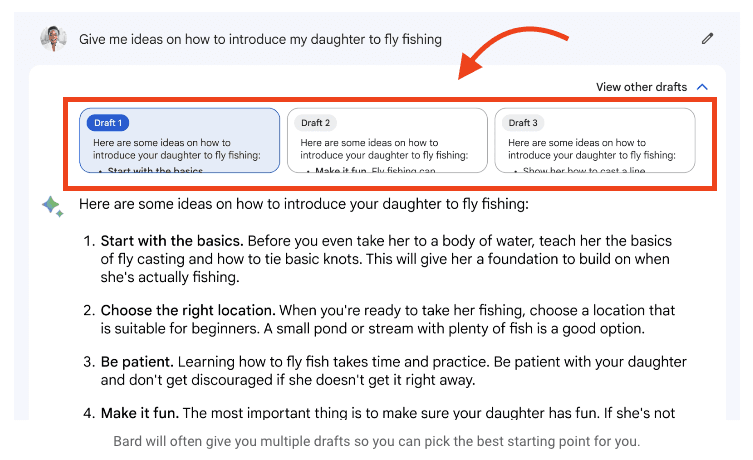
Google’s Race to Ship AI Products
Google's Sprint Toward AI Centricity Following OpenAI’s unveiling of ChatGPT and Microsoft’s initiation into chatbot technologies via Bing, Google has amplified its emphasis on Artificial Intelligence as its nucleus of operation.
The internal factions within Google, inclusive of AI safety researchers, are amalgamating their efforts to hasten approval for an array of novel AI-based products
Bard's creation process remains staunchly tethered to Google's AI Principles with a steadfast concentration on quality and safety.
Human feedback and assessment form integral components of Google's system enhancement strategy. Implementations such as upper limits on dialogue exchanges form part of its strategy to ensure beneficial and focused interactions.
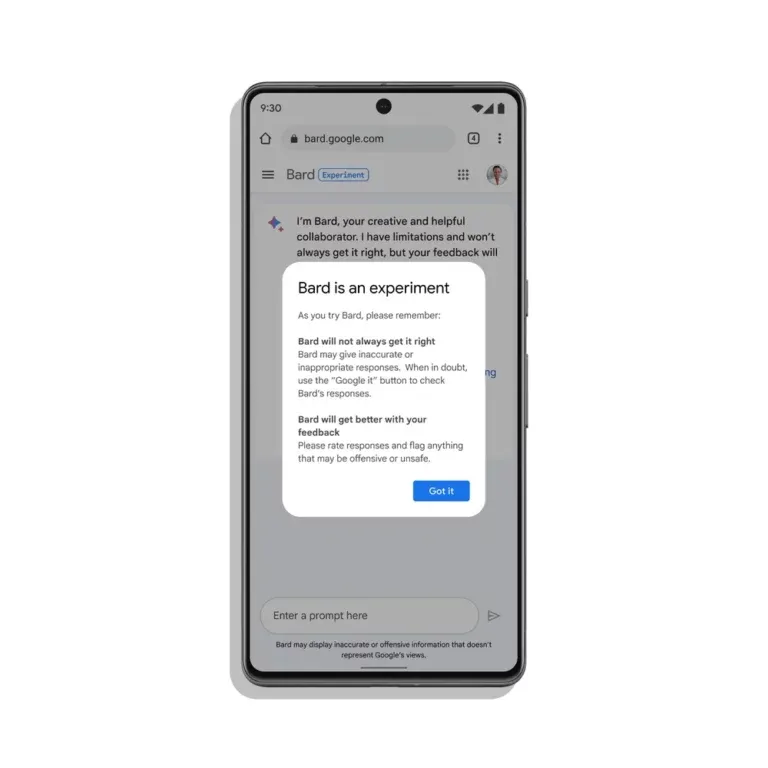
In Development Since 2015
The technological groundwork supporting Bard has been under active development by Google since 2015.
Yet, akin to the chatbots developed by OpenAI and Microsoft, Bard has not been made publicly accessible due to trepidations regarding the propagation of untrustworthy information and potential prejudices against particular demographics.
These conundrums are recognized by Google, which plans to introduce Bard into the market responsibly, adhering strictly to ethical considerations.
Bard Availability
In order to commence your journey with Bard, an invitation awaits you at Bard.google.com.
Presently, this opportunity is unfurling its petals primarily within the vast expanses of the United States and the United Kingdom, harboring aspirations to burgeon across a broader geographical canvas and embrace a plethora of languages in due course. For those who reside beyond these confines, fear not; circumventing such territorial limitations could be feasibly achieved through the use of a Virtual Private Network (VPN).
Google mandates that users must possess an email account under the Gmail umbrella for registration purposes, firmly rebuffing any ingress attempts from Google Workspace email accounts.
Conclusion
Google has introduced Bard AI, which is a strong competitor to ChatGPT. This is an important moment in the development of conversational AI. It's worth considering the capabilities of both Bard AI and ChatGPT. Additionally, AssignmentGPT AI is a good alternative for those who want comprehensive AI solutions. It has advanced language processing and can be used for various writing needs. As AI chatbots continue to evolve, users can explore platforms like AssignmentGPT AI to enhance their language generation and creative content creation, which will shape the future of digital communication.
Content creator & copywriter at @AssignmentGPT
I help businesses to transform ideas into powerful words & convert readers into customers.
Master AI with
AssignmentGPT!
Get exclusive access to insider AI stories, tips and tricks. Sign up to the newsletter and be in the know!
Transform Your Studies with the Power of AssignmentGPT
Empower your academic pursuits with tools to enhance your learning speed and optimize your productivity, enabling you to excel in your studies with greater ease.
Start Your Free Trial ➤Start your success story with Assignment GPT! 🌟 Let's soar! 🚀
Step into the future of writing with our AI-powered platform. Start your free trial today and revolutionize your productivity, saving over 20 hours weekly.
Try For FREE ➤